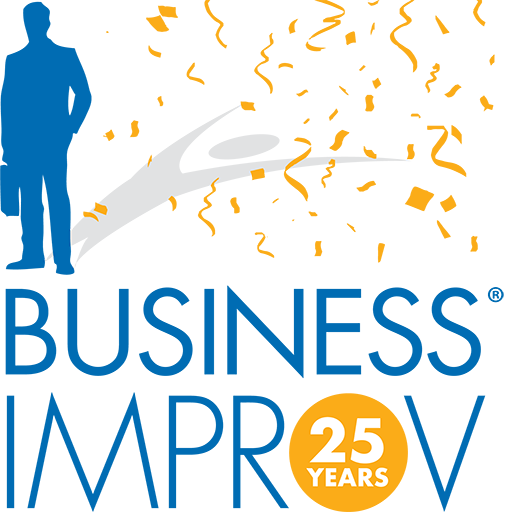
Ali Davis continues her talk with Dr. William Tseng, an internationally recognized expert in liposarcoma surgery, on how the principles of improvisation apply to his work.
Check in with your team.
If you watched that behind-the-theater warm-up session I mentioned in the previous section, you would eventually notice something: Everyone on the team is sure to make real eye contact with everyone else, and everyone on the team finds a way to interact with everyone else. And if you put your ear to the green room door one minute before an improv show, you have a 98.5% chance of hearing people muttering “got your back” over and over as they move around the room and give each other a quick tap on the shoulder. That’s the sound of people preparing for group work, in part by taking the basic step of making sure that everyone on the team is OK and on the same page. Everyone confirms that they’ll do their best to take care of everyone else.
I was surprised to learn that surgical teams do something very similar as a standard practice. It’s called a “time out” or “surgical pause.” Everyone in the OR introduces themselves, states their role, and tells the group what they have done to prepare and what issues they feel the team needs to be ready for. “It’s done right before we make an incision,” explained Tseng, “The patient is there, draped and asleep. It’s like pilots going through a flight checklist right before takeoff.”
That kind of check-in is crucial for the complex cases Tseng works on, so he takes it a step further. He likes to check in with his team individually the day before an operation, going over the case with his assistant surgeon, the anesthesiologist, and sometimes the circulating nurse and scrub tech. If he’s working with consulting surgeons, such as experts in vascular surgery, Tseng makes sure to loop them in early on, often having the consulting surgeon meet with the patient several days before surgery.
How many meetings have you been to where the highest-ranking person doesn’t bother to at least acknowledge everyone there via eye contact? Or creative sessions in which only the contributions of a favored clique are valued? I once attended a brainstorming session in which the leader only wrote his own ideas on the board. And I once spoke with a CEO who realized she ran meetings for the shoutiest extroverts in the room and never made space for the quieter members of her team to contribute. You can imagine how quickly they had begun to check out.
It seems like a formality, but it’s crucial. Find a way to briefly check in with every single member of your team. One way to facilitate that is to put the next principle into practice.
